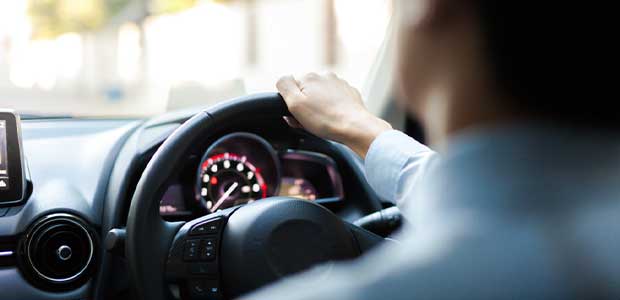
What Can Employers Do to Help Keep Their Workers Safe on the Roads?
Safety can be a big concern for people who drive for work.
- By Elizabeth Long
- Aug 25, 2022
In our modern world, the roads are getting busier and busier, especially in cities. In fact, many people are now choosing to work from home in order to avoid the dreaded rush hour traffic. But for those who need to be on the road regularly for their job, such as truck drivers and delivery couriers, there isn’t much choice—safety can be a big concern.
Employers can, and should, play a big role in helping their workers stay safe while driving and cycling. Just like they might perform a health and safety assessment for a workstation, the risk should be examined and reduced as much as possible to avoid putting anyone at unnecessary risk.
But what can be done? Here, we take a look at some things employers can do to keep everyone safe.
Educate Them on the Rules of the Road
If you need to spend a lot of hours on the road as part of your job, a refresher can be useful to keep yourself and others around you safe. In the UK, educate drivers on the highway code.
An employer can create dedicated, interactive training sessions to guide their team through every aspect of safe road usage. You can break the education into specific sections:
- Bicycles
- Motor vehicles
- Traffic signs and signals
- Penalties
- First aid
You can choose to do this internally, or turn to a third party organization to help you out.
Consider a Flexible Schedule
When the pandemic first hit, there was a staggering 49.9 percent decrease in the number of collisions on roads in just a two month period.
While it’s unlikely we’ll ever see such extreme downturns in accident rates again, employers can do their bit to help their own teams by introducing flexible hours where business needs allow, to give an employee the chance to avoid traveling for work during busy periods of the day. In turn, this lowers the chance of your team finding themselves in a dangerous situation whilst driving a company vehicle.
Provide Safety Equipment
PPE can play a big role in road safety—especially for working cyclists, such as delivery couriers, who are considerably more exposed than drivers. In fact, Compare The Market reported that there were as many as 141 cyclist fatalities on British roads in 2020, as well as a further 16,153 injuries of varying severity.
To keep their team safe, employers should set aside a budget to give to anyone who needs to use pedal power to complete their job, to help cover the costs of both safety equipment and the bike itself. Some good examples of cycling PPE include:
- A front headlight
- A hi-vis jacket
- Shatter-resistant eyewear
- Reflective leg bands
- A bell or horn
Have these helpful tips provided you with the guidance you need to keep your team safe heading forwards? Make sure to keep them in mind, and action those which you feel could have the biggest impact.
About the Author
Elizabeth Long is a keen advocate for improving safety and processes in the workplace and aims to make this as simple as possible. Long writes meaningful posts, designed to give readers helpful take-home points that they can act on in their own lives.